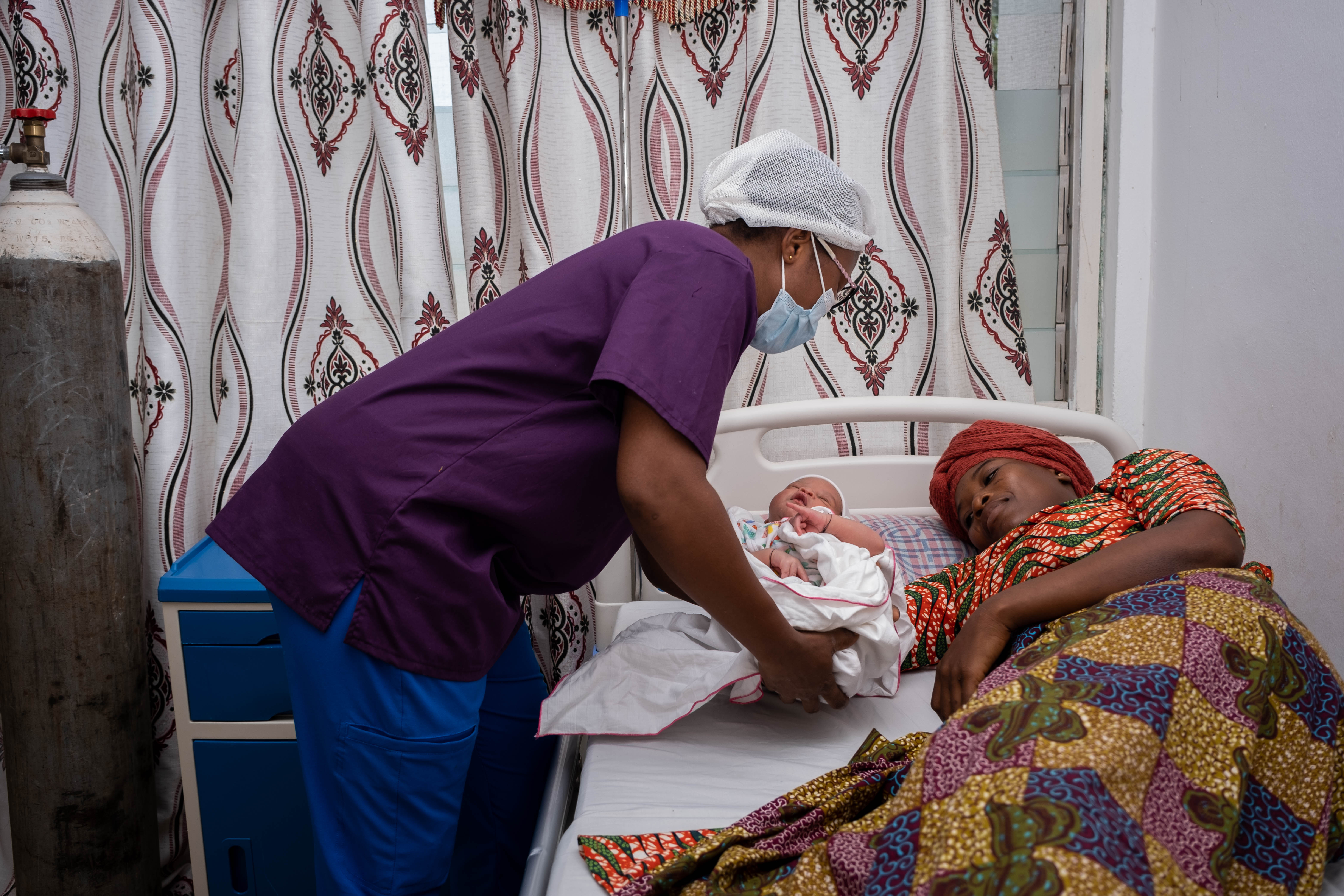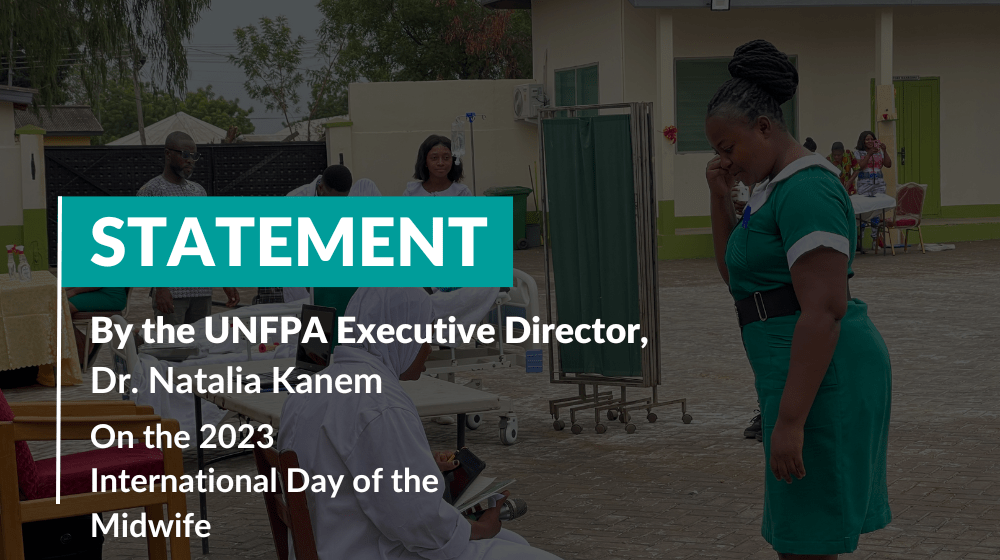
Every year on this day, we celebrate midwives for their unwavering commitment to saving lives and ensuring the health and wellbeing of women and newborn babies.
In a world that sees a woman die every two minutes due to pregnancy or childbirth, we also take this moment to champion universal access to skilled midwives as one of the most important ways to avert preventable maternal and newborn deaths.
If every pregnant woman had access to a well-trained, caring midwife, we would be much closer to a world where every childbirth is safe.
Instead, many health systems continue to marginalize this mostly female workforce, and treat midwives poorly in terms of pay, working conditions and opportunities to cultivate skills. This, along with a global shortage of 900,000 midwives, reflects an assumption that they are not essential healthcare workers. Nothing could be further from the truth.
Midwives save lives.
Around the globe, in countries that invest in a capable midwifery workforce, more mothers and babies survive and thrive. Midwives provide essential information on sexual and reproductive health, including family planning, and help people navigate often-sensitive issues in a variety of contexts, including in humanitarian settings. Midwives are often the only healthcare workers serving people in hard-to-reach places.
The consequences of not having enough skilled midwives are alarming. Decades of progress in preventing maternal deaths have ground to a halt. Every single year, 287,000 women globally lose their lives giving birth; 2.4 million newborns die and an additional 2.2 million are stillborn.
It doesn’t have to be this way. Universal access to midwives offers the best and most cost-efficient solution to end preventable maternal deaths. By closing the deficit in the number of midwives, we could prevent two thirds of maternal and newborn deaths, saving over 4.3 million lives a year by 2035.
In some 125 countries, UNFPA strongly advocates for quality midwifery care. Evidence shows that competent midwives can provide 90 per cent of essential sexual and reproductive health care, yet because they are both underutilized and in short supply, they account for only 10 per cent of those currently providing these services. Midwife-led care models improve health outcomes, increase patient satisfaction and reduce costs. While midwives are often relegated to the periphery of health care, all evidence suggests they should be at the centre.
With stagnating maternal mortality rates and the deadline of the 2030 Sustainable Development Goals fast approaching, promoting and investing in midwifery is more important than ever. UNFPA has led a global drive to do so, including through the ground breaking State of the World’s Midwifery reports. From 2009 to 2022, UNFPA helped countries educate and train 350,000 midwives in line with international standards to help improve the quality of care they provide.
More countries today are moving towards universal health coverage, in line with the SDGs. This creates an opportunity to take a step that is long overdue: to formally recognize and treat midwives as essential, respected healthcare providers.
Every woman has the right to lifesaving healthcare. Midwives are critical to help make that happen. On this International Day of Midwives, let us fully acknowledge the skills and contributions of midwives, and invest in them to safeguard life and protect the health and wellbeing of women and newborns and communities at large.


